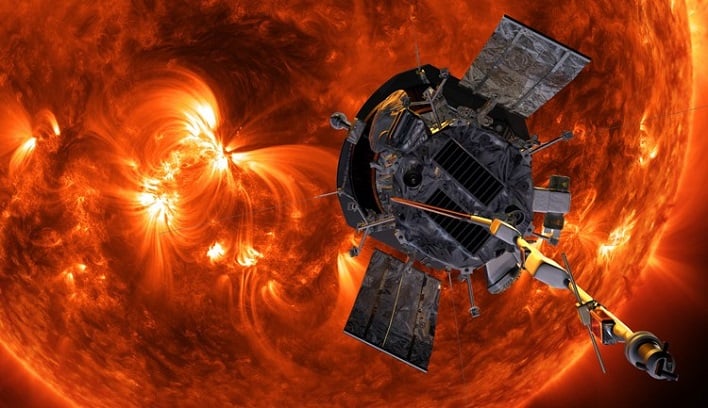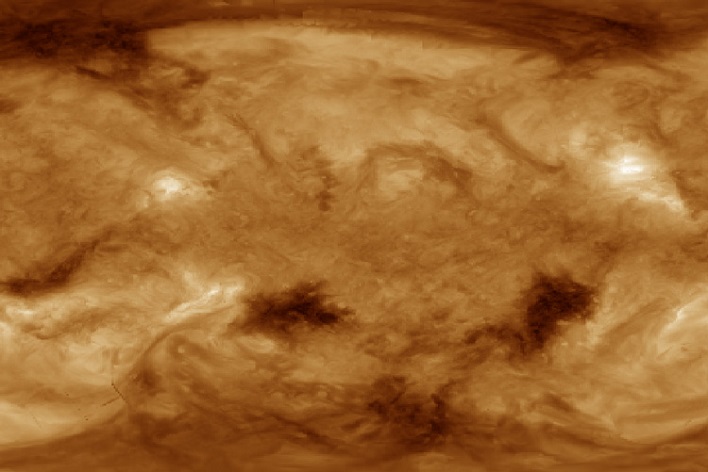NASA's Parker Solar Probe Gathers Intel In Race To Avoid An Internet Apocalypse

When magnetic fields on the sun produce a solar storm that strikes the Earth's magnetosphere, many view the resulting awe-inspiring blue and green aurora that fills the night sky. But these solar storms can also cause radio blackouts and if strong enough they could even disrupt communication networks. It's also led to fear of what's commonly referred to as an "internet apocalypse," with some scientists estimate that such an event could knock out the internet for months or even years.
The potential of a solar storm taking out an entire power grid in highly populated areas is one reason why NASA sent the Parker Solar Probe to investigate the mysteries of the Sun's corona and solar wind, and the data it has sent back has led to a new research paper.

"Winds carry lots of information from the sun to Earth, so understanding the mechanism behind the sun's wind is important for practical reasons on Earth," explains Drake. "That's going to affect our ability to understand how the sun releases energy and drives geomagnetic storms, which are a threat to our communication networks."

"The photosphere is covered by convection cells, like in a boiling pot of water, and the larger scale convection flow is called supergranulation," Bale remarked. "Where these supergranulation cells meet and go downward, they drag the magnetic field in their path into this downward kind of funnel. The magnetic field becomes very intensified there because it's just jammed." He continued, "It's kind of a scoop of magnetic field going down into a drain. And the spatial separation of those little drains, those funnels, is what we're seeing now with solar probe data."
This has led the team of scientists to conclude that the wind could only originate through a process called magnetic reconnection. Bale says magnetic reconnection within these funnel structures is what provides the energy source of the fast solar wind. He adds that the team believes their results provide strong evidence that it is reconnection that produces the "bundles of magnetic energy associated with the convection flows."
"Solving the mystery of the solar wind has been a six-decade dream of many generations of scientists," remarked Nour Raouafi, co-author of the study and Parker Solar Probe project scientist. "Now, we are grasping at the physical phenomenon that drives the solar wind at its source - the corona."

